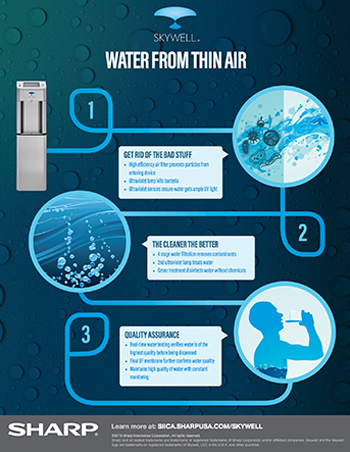The Ultimate Guide To Understanding Warm Pumps - How Do They Function?
The Ultimate Guide To Understanding Warm Pumps - How Do They Function?
Blog Article
Created By-Steenberg Montoya
The best heatpump can conserve you substantial amounts of money on energy expenses. They can additionally help reduce greenhouse gas emissions, particularly if you use electrical power in place of nonrenewable fuel sources like propane and heating oil or electric-resistance heating systems.
Heat pumps work quite the like ac unit do. air conditioning maintenance makes them a viable alternative to typical electric home heating unit.
Just how They Work
Heat pumps cool down homes in the summer and, with a little help from electrical power or natural gas, they provide several of your home's home heating in the winter season. They're a good choice for people who intend to lower their use nonrenewable fuel sources however aren't all set to replace their existing heater and air conditioning system.
They count on the physical reality that also in air that appears also chilly, there's still energy present: warm air is constantly relocating, and it intends to relocate into cooler, lower-pressure settings like your home.
The majority of power celebrity accredited heat pumps operate at close to their heating or cooling capacity throughout the majority of the year, minimizing on/off cycling and conserving energy. For the best performance, focus on systems with a high SEER and HSPF score.
The Compressor
The heart of the heat pump is the compressor, which is additionally known as an air compressor. This mechanical moving tool utilizes prospective power from power creation to increase the pressure of a gas by lowering its quantity. It is different from a pump because it only works with gases and can't collaborate with fluids, as pumps do.
Atmospheric air gets in the compressor via an inlet shutoff. It travels around vane-mounted arms with self-adjusting size that split the interior of the compressor, producing multiple dental caries of varying size. The rotor's spin pressures these cavities to move in and out of phase with each other, compressing the air.
The compressor draws in the low-temperature, high-pressure cooling agent vapor from the evaporator and presses it right into the hot, pressurized state of a gas. This procedure is duplicated as required to supply heating or cooling as required. airconditioner service consists of a desuperheater coil that reuses the waste warm and adds superheat to the refrigerant, altering it from its liquid to vapor state.
The Evaporator
The evaporator in heat pumps does the same thing as it does in fridges and ac unit, transforming liquid cooling agent into a gaseous vapor that eliminates warm from the area. Heat pump systems would not work without this vital piece of equipment.
This part of the system lies inside your home or building in an indoor air trainer, which can be either a ducted or ductless system. It includes an evaporator coil and the compressor that presses the low-pressure vapor from the evaporator to high pressure gas.
Heat pumps absorb ambient warm from the air, and afterwards utilize power to move that warmth to a home or company in home heating setting. That makes them a whole lot more energy efficient than electrical heating units or heating systems, and due to the fact that they're using clean electrical energy from the grid (and not shedding fuel), they additionally generate far less emissions. visit the website 's why heatpump are such terrific ecological options. (In addition to a big reason that they're ending up being so preferred.).
The Thermostat.
Heatpump are great alternatives for homes in chilly climates, and you can use them in mix with standard duct-based systems or perhaps go ductless. They're a terrific alternate to fossil fuel heating systems or standard electric heaters, and they're more lasting than oil, gas or nuclear a/c tools.
Your thermostat is the most important component of your heat pump system, and it functions extremely differently than a standard thermostat. All mechanical thermostats (all non-electronic ones) work by using materials that change dimension with raising temperature level, like coiled bimetallic strips or the increasing wax in an auto radiator shutoff.
These strips contain two various sorts of steel, and they're bolted with each other to develop a bridge that completes an electric circuit linked to your heating and cooling system. As the strip gets warmer, one side of the bridge expands faster than the other, which creates it to bend and signal that the heating unit is needed. When the heat pump remains in heating setting, the turning around shutoff reverses the circulation of cooling agent, to ensure that the outside coil currently functions as an evaporator and the interior cylinder ends up being a condenser.